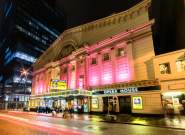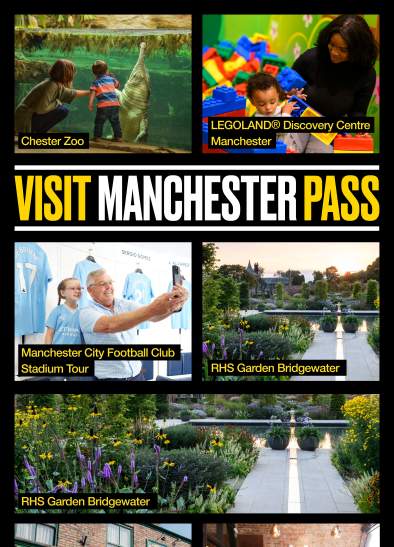Just over 32 miles long and running across the Pennines between Manchester and the West Yorkshire town of Sowerby Bridge, the Rochdale Canal is a waterway infused with fascinating heritage – from its difficult beginnings to its time of trade, temporary closure and even tales of folklore and urban myth. It is named after Rochdale, the Greater Manchester town where it was conceived and through which it passes. HAUNT Manchester is also involved in hosting a Halloween event for 2019 at Rochdale Town Hall and has written an article on the inspiring Gothic building here.
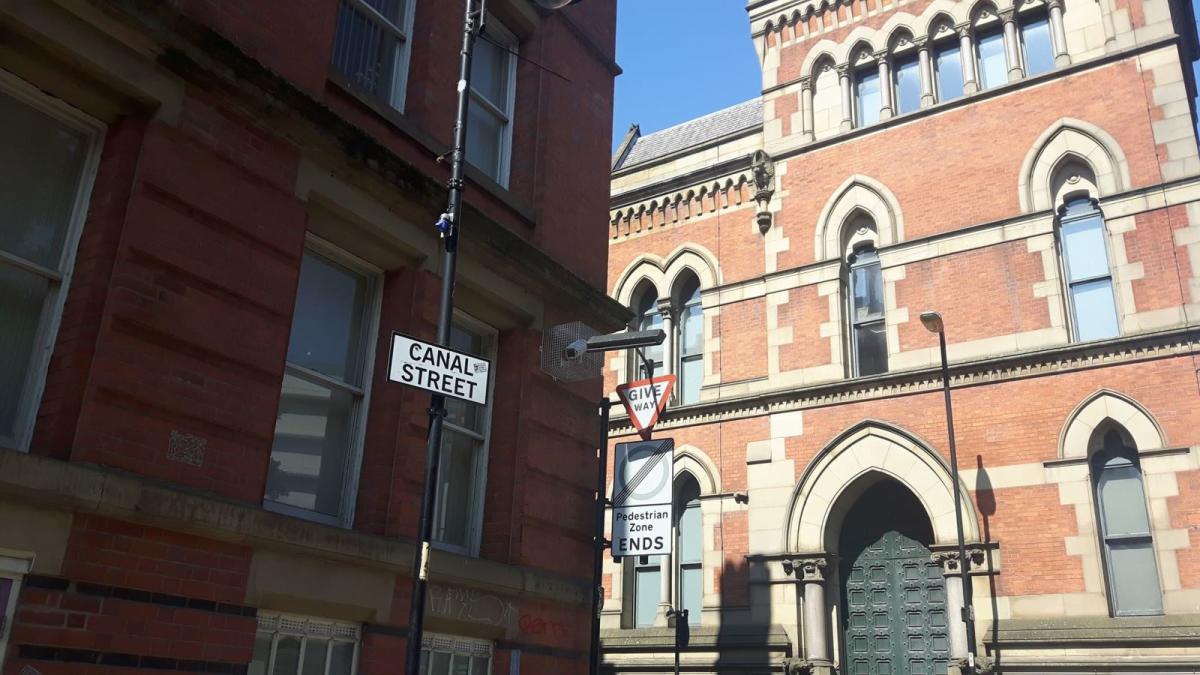
Readers familiar with Manchester itself may best know the Rochdale Canal in terms of its exposed stretch in the city centre – running alongside and indeed inspiring the name of Canal Street through the Gay Village. This a waterway full of potential walks and wonder, and within the city itself walkers can experience everything from a concrete underground to exposed sections passing iconic music venues and nightclubs. In fact, the bar Lock 91 beneath Deansgate-Castlefield tram station is named after the penultimate lock on the Rochdale Canal, with the final lock – lock 92 – falling close to the Castlefield basin.
Yet despite the numbering system, the canal actually has 91 locks in total, as close to the starting point of the canal, locks 3 and 4 later merged to become a single deep lock: the Tuel Lane Lock! It is one of the deepest locks in the UK.
Sometimes nicknamed ‘The Everest of canals’, the Rochdale Canal was the first to cross the Pennines when it opened in 1804 (there was then the Huddersfield Narrow Canal in 1811 and the Leeds and Liverpool Canal by 1816) – and its course in doing so marks a real feat of human engineering. Why? Considering the canal climbs 160m on the Western side of the Pennines and 107m on the East, with a summit at 182m above sea level, it remarkably has few tunnels or large constructions to help it on its way. Instead, it boasts a number of locks, over what is a relatively short distance (comparatively, the Leeds-Liverpool Canal runs for a much longer 127 miles yet has 91 locks). Pictured below: a stretch of the canal close to Rochdale
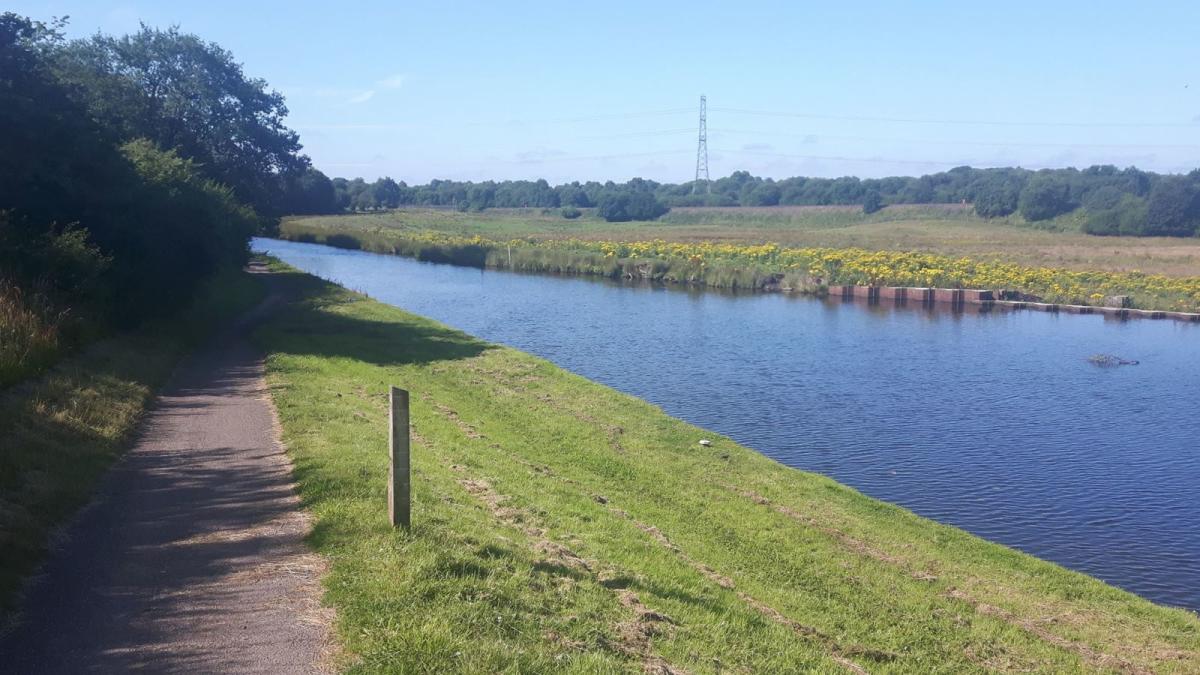
Locks after all are designed to help boats navigate areas of height, highlighting the range of hilly terrain the Rochdale Canal passes through. From Sowerby Bridge, where it also joins onto the Calder and Hebble Navigation in the other direction, the Rochdale Canal passes through various Pennine towns and villages including Mytholmroyd, Hebden Bridge, Todmorden and of course Rochdale. Connecting Yorkshire – with its strong textile and mining associations - with the Industrial ‘shock city’ of Manchester was seen as especially important for trade during the Industrial Revolution.
Yet the birth of the Rochdale Canal was no easy feat. Although the concept of the canal connecting these areas with Manchester had been introduced in 1766 (following an animated meeting in what was Rochdale’s Union Flag Inn, where Lord Square now is), there were several obstacles to overcome. Crossing the Pennines presented a difficult challenge, and so too did the Duke of Bridgewater who initially argued against the Rochdale Canal joining onto his canal in Manchester’s Castlefield! In turn, the Rochdale Canal originally only went as far as the Dale Street area near Piccadilly. However, the Duke of Bridgewater quickly came to realise that in refusing the Rochdale Canal to link up with the Bridgewater, he was potentially going to miss out on Trans-Pennine trade prospects… and this was when the canal was extended up to Castlefield. However, the Duke did request that his own workers create the final lock which linked to two waterways – lock 92 –often referred to as the ‘Dukes lock’. This was likely inspiration for the name of the nearby restaurant and bar Dukes 92: marking the monumental moment the assent on the canal was granted.
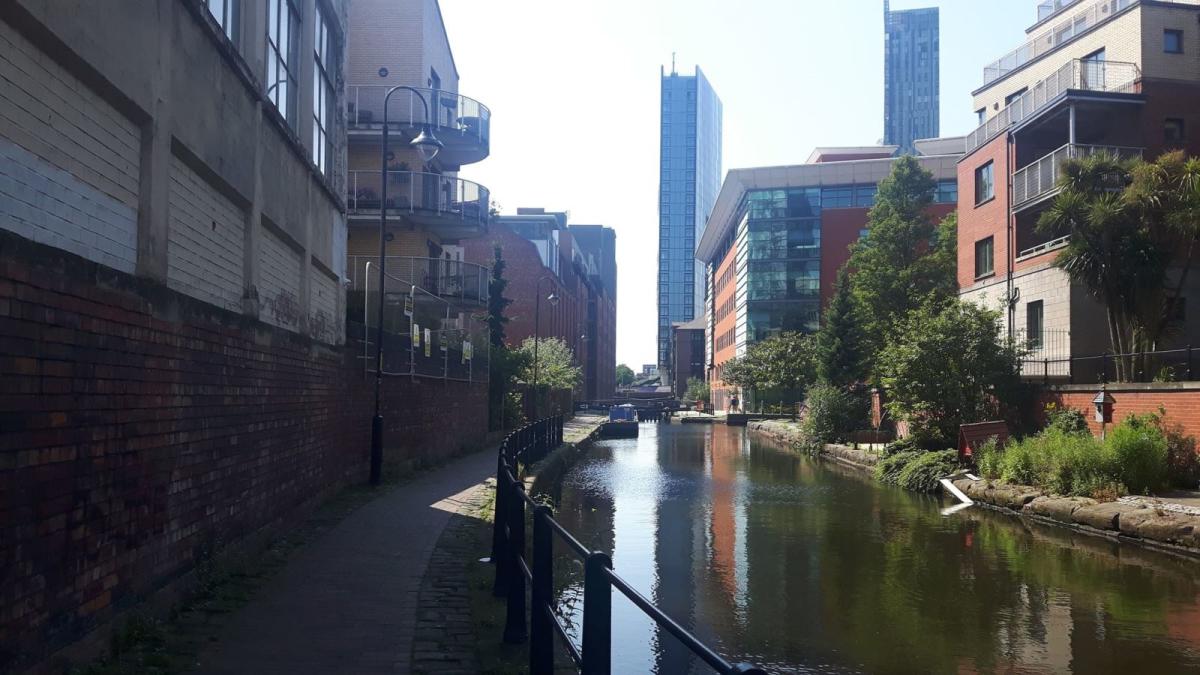
But it was not just the Duke who was initially difficult to please. The Rochdale Canal concept also faced opposition from other industrialists, who saw building the canal as a threat to their water supply. This was because a number of reservoirs would have to be created over the Pennines to supply the Rochdale Canal with water, therefore competing with a number of water-powered mills in the area.
A collective effort was needed. It was in 1776 a group of 48 men from Rochdale managed to raise funds and commissioned James Brindley to survey the possibility of routes between Sowerby Bridge and Manchester. Two routes were proposed - one that is very similar to the course the canal now takes, and the other was what would have been a more expensive route, via Bury. This involved extensive consideration, especially given all the existing opposition – and in 1791, it was the architect John Rennie who was invited to re-survey the canal concept… all taking place as ‘Canal Mania’ began to grip the industrialising country, with canals seen as one of the most desirable trade routes to build.
It was then during the last decade of the 18th century that the Rochdale Canal started physically to take shape. In 1794 an act was granted to create the Rochdale Canal Company, meaning that construction could take place and what type of canal it was going to be was also set out: a broad canal. This meant that the Rochdale Canal could be built with a lock size of 74ft X 14ft (22.5m x 4.25m), therefore capable of carrying bigger boats. This was a trade advantage, but ultimately more expensive! In turn, although the Rochdale Canal was envisaged as having a dramatic summit tunnel, this idea was shelved in favour of more locks – as this ultimately saved money, up to £20,000 at the time! Pictured below: the Rochdale Canal passing through Manchester City Centre, towards Castlefield
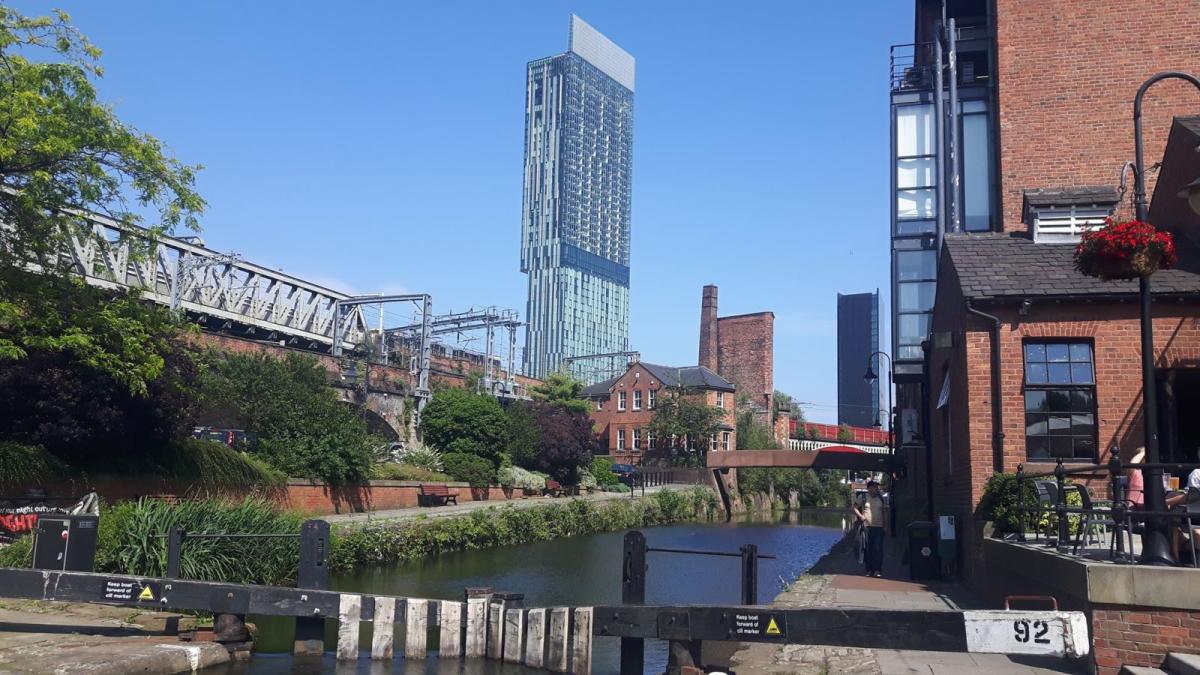
Another expense was the building of the reservoirs to supply the canal with water – with seven built especially - according to the Canal and River Trust - including Hollingworth Lake! This body of water has an intriguing history of its own, especially as it quickly became a tourist destination during the Victorian era and is still popular today: located just beyond Littleborough, towards Rochdale. By the 1860s it even boasted The Lake Hotel and Pleasure Grounds, and boat tours were also available across the water – with the hotel connected to a ferry booking terminal by a telegraph cable that ran beneath the lake! The lake was also known as a destination for its nearby dancing halls… as well as some rather unusual sporting stories over the years. When the water itself froze in the years 1860 and 1864 – ice skaters arrived and teams even used it for curling and cricket matches!
Hollingworth Lake could be seen then as a place of hidden sporting histories and triumphs, as it was here that Matthew Webb, the first man to swim the English Channel (from Dover to Calais) would come to train. Competitions took place in the water from 1882, including a mile championship – with the local Joseph Nuttall having sporting success here and tens of thousands of people turning out to watch such activities! Numerous stories surround the waterways, with many people still exploring them.
One such figure exploring stories of the canal is Dr Jennie Bailey (also involved in the ongoing Festival of Ruskin in Manchester, which HAUNT has loved writing about here), who completed a creative-critical PhD focussed on Rochdale (at Manchester Metropolitan University) and is currently considering how the waterways of Rochdale are textually represented and culturally considered in the contemporary imagination. This has involved Dr Bailey creatively and sensitively celebrating the stories of the waterways – stories of human life and wildlife perhaps previously under-represented. Her fascinating critical-creative practice-led approach involved walking the length of the canal itself, including the Rochdale to Manchester branch with HAUNT Manchester’s Emily Oldfield: a walk that will be the focus of Part 2 of this article. Flecky Bennett's Saturday Night Ghost Walk (information and booking available online here) is another opportunity to find out more in terms of the spookier side of canal history.
The Rochdale Canal is indeed a place inspiring stories, social interaction and significant community history. Dr Morag Rose of the Loiterers Resistance Movement often reflects on the significance of Greater Manchester waterways in her work (she has contributed the chapter ‘‘There’s Something in the Water!’ A Psychogeographical Exploration of What Lurks Beneath the Surface of Manchester to the upcoming volume Supernatural Cities, pre-order it here) and in part 2 of this article, her ideas will be further discussed. Pictured below: a tunnel in Manchester city centre
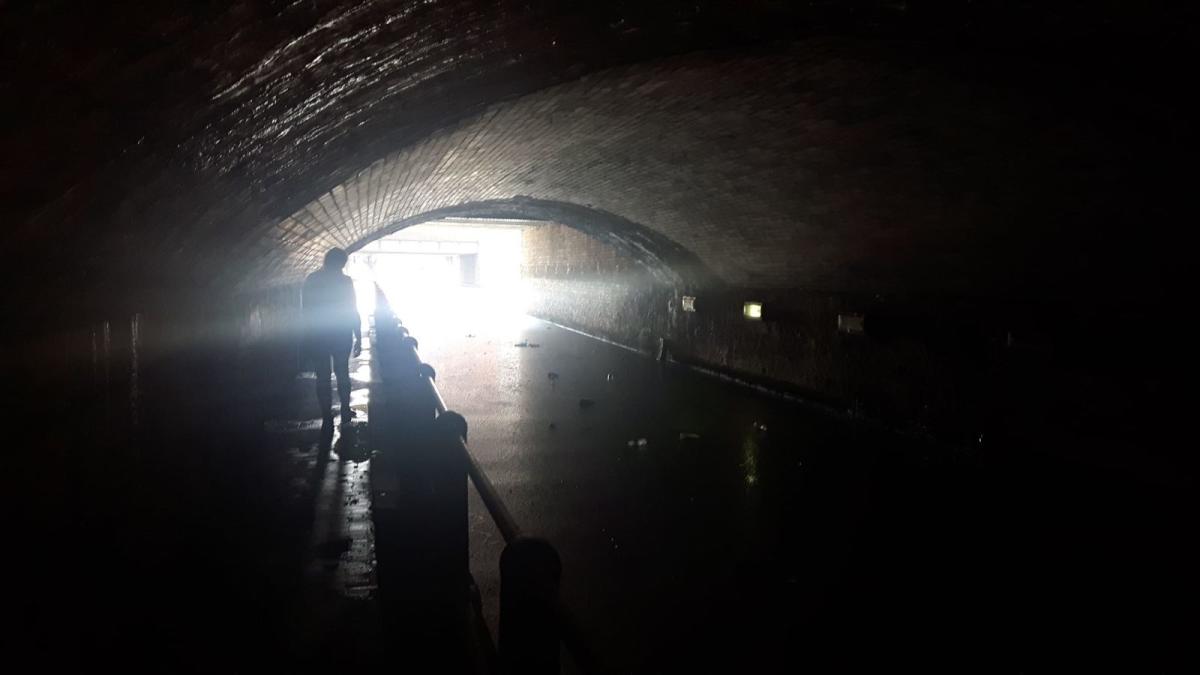
She says:
“The canals of Greater Manchester have an abiding fascination. I, and many others, frequently find myself drawn to wandering them. They are integral to our histories, but often misunderstood, and neglected. They are of us, but separate, betwixt and between, cutting through the landscape. They offer a beautiful respite and abundant flora and fauna, but for many they are also a source of fear. The water is a conduit for myths, fairytales and legends both ancient and modern. I've been collecting these stories for a long time, the canal is rich with ghosts, monsters and imagination. These range from the traditional Ginny Grinteeth to The "Pusher" and my favourite cryptozoological mystery, "Messie" a creature few have reported catching a fleeting glimpse of!”
Another story often concealed, from a historical perspective, is that of the ‘navvies’ – the labourers who grafted to construct the canal, everything from digging to bricklaying. Considering that the canal holds over 100 bridges and two aqueducts, this was extensive work - with a total cost around £600,000 at the time (over £20 million in today’s money).
Thinking back to the time of construction in the 1790s is also important, as the technology that is available today was not even a reality. Instead, engineering and construction techniques were having to develop all the time – and the amount of physical labour required was extensive. Processes included surveying the route, digging the depth itself and making the channel watertight (typically using ‘puddle clay’ - a water-soaked clay compacted and used as waterproofing). Pictured below: a section of the canal, close to Rochdale Station
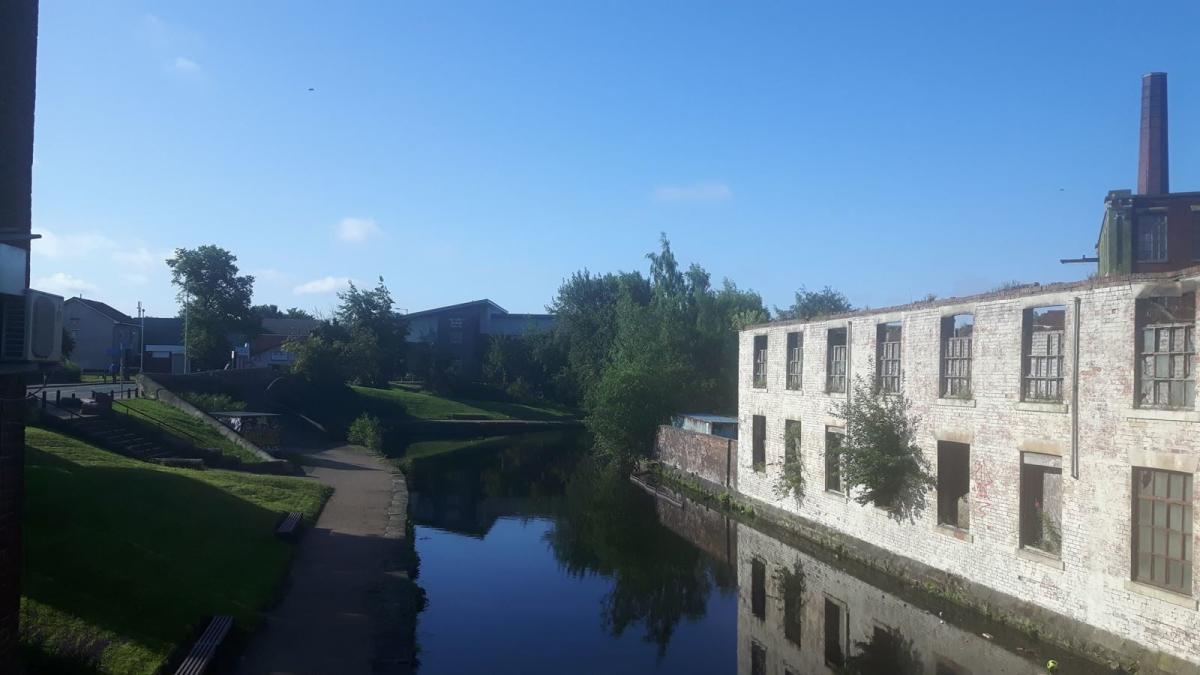
As well as involving many different processes, canal itself was built in sections – with the local engineers hiring contractors to focus on particular areas. These contractors would employ ‘Gangers’ who would in turn organise and employ groups of ‘Navigators’, hence the term ‘navvies’. It was the ‘navvies’ who would often undertake the physical work, thousands taking on temporary contracts and setting up camps alongside the canal course, often enduring sub-standard conditions to do so. Thankfully, in terms of the Rochdale Canal, engineer Jessop’s planning skill in laying out the canal line minimised the need for extensive cutting and embankments… but it did not mean conditions were easy. Working days were often long and difficult – and recognising the hard work of those thousands of labourers is crucial. Early images from the time show the location of the Piccadilly Basin looking like an enormous building site! In addition, part of the construction effort included masons working on the bridges – using Rochdale local stone to do so in many instances, carpenters creating the lock gates and blacksmiths focusing on the related ironwork for the lock systems!
The Rochdale Canal was celebrated as a significant feat when built - with the stretch between Sowerby Bridge and Todmorden completed in 1798, reaching Rochdale by December. By 1802 this part of the canal then linked to Castleton and the canal opened to its full length by 1804, with the official opening marked as the 21 December of that year. Despite wintry conditions, this opening involved a grand display of a yacht procession travelling from Rochdale to Manchester, arriving at the wharf in Piccadilly bearing the Committee of the Canal Company and related proprietors. The pomp and circumstance of the day was captured by newspapers of the time, including the Manchester Mercury, with reports highlighting that massive crowds gathered alongside the canal banks, there was accompanying music from a band, and even a dinner! Even after the 1804 opening, work carried on for at least another three years.
Booming through much of the 19th century, The Rochdale Canal was nearly carrying a million tons in 1845! It is estimated that by 1890 up to 2000 barges were using the canal, and this significant industrial use carried on until the 20th century. Pictured below: the Rochdale Canal towpath, with Newton Heath behind, facing towards Manchester city centre
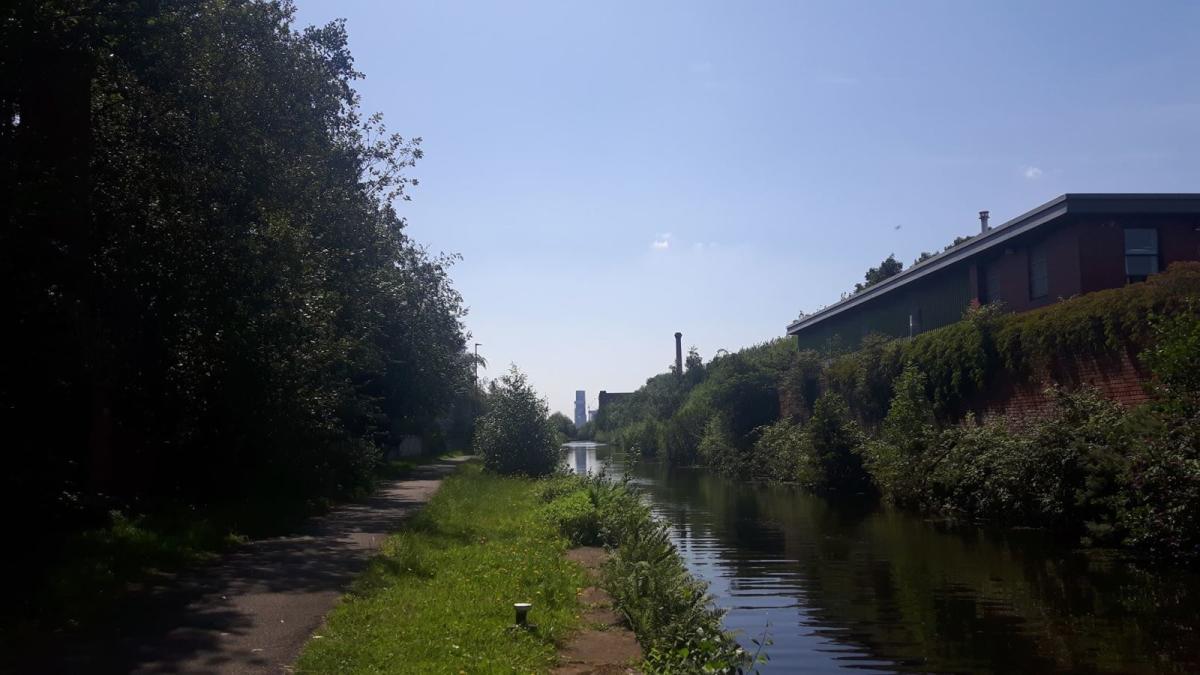
Yet as time went on, the canals faced increasing competition from other revolutions in transport infrastructure – especially the growing use of motorised lorries around the time of the First World War onwards. In turn, due to financial pressures and a struggle to maintain costs of upkeep, it was decided that sections of the Rochdale Canal would be closed. By 1952, only a portion through the city centre was still in use and marks the same year that the last working boat on the route completed its journey. The canal was largely closed shortly after and faced becoming derelict, with its disuse in the second half of the 20th century leading to locks falling into disrepair and accumulations of debris. Picturing the canal at this time brings to mid an eerie, seemingly abandoned place, with murky depths and untravelled towpaths.
But the story and significance does not stop there. The local community went on to play a key part in bringing the canal back to life – as in 1974, the Rochdale Canal Society was established, championing the restoration of the waterway. Their efforts in raising awareness of the canal’s importance and heritage as well as instigating its development, deserves plentiful recognition – especially given that it was a tough task ahead. The landscape surrounding the canal had changed significantly since the time it was constructed – and the M62 Motorway cut through the canal in a number of places close to Rochdale itself. Therefore, although the more rural sections of the canal started to reopen in the 1990s - such as the Calderdale section – the Rochdale to Manchester branch required deep consideration, especially when the Waterways Trust took ownership in 2000. Pictured below: some artwork on the Rochdale Canal

The changing landscape around the canal – and work required because of it – has in turn allowed new stories to be revealed, as well as created. In an especially significant feat of engineering (and exposing a whole new space entirely!), the beginning of the 20th century saw one of the busiest roundabouts in Rochdale raised up, so that a brand new tunnel could be constructed underneath. Similarly, Milnrow Road in Rochdale also had to be raised. This creation of new spaces is therefore a key part of the canal’s ongoing history, and now a number of community-led art murals can be seen along the waterway close to the town. There have also been many inspiring community efforts to celebrate the canal over the years, including the Rochdale Canal Festival and the hard work of the Friends of Rochdale Canal group.
The Rochdale Canal was made re-navigable by July 2002, almost 200 years after it was originally opened – meaning that boats can now travel the length, as well as pedestrians walk the towpath. As aforementioned, HAUNT Manchester’s Emily Oldfield recently joined Dr Jennie Bailey for a walk along the route from Rochdale to Manchester – passing places including Middleton, crossing the River Irk, exploring Newton Heath and Miles Platting, discussing place, community and folklore along the way. Find out more in Part 2 of this article...
By Emily Oldfield



